Letter to Courts Template for Legal Communication
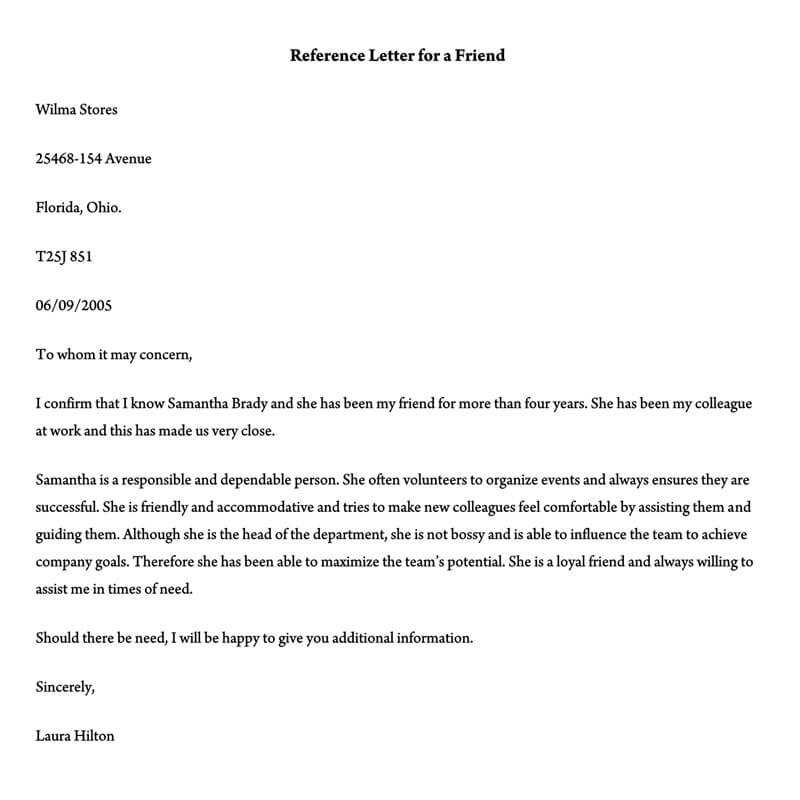
When engaging in formal communication with legal authorities, it’s essential to ensure that your message is clear, concise, and professional. Properly written correspondence can play a significant role in how your issue is addressed, whether you’re submitting a request, appealing a decision, or providing necessary information.
Knowing how to structure this kind of communication is key to making a positive impression and ensuring that all relevant points are conveyed effectively. By focusing on the right details and using an appropriate tone, you can increase the chances of receiving a timely and favorable response.
Understanding the right format and following established conventions can make a significant difference in the outcome. Every detail, from how you begin the message to how you close it, carries weight and can impact how your matter is viewed by those in charge.
Essential Elements of a Court Letter
When composing formal communication to legal institutions, it is important to include certain key components that ensure your message is understood and taken seriously. Each part of the communication serves a distinct purpose and contributes to the overall effectiveness of your correspondence.
These elements help create a structured and coherent document that adheres to formal standards, providing clarity and demonstrating professionalism. Below are the crucial parts that should be included in every formal communication to legal authorities.
| Element | Description |
|---|---|
| Heading | Clearly state your name, address, and contact details at the top for identification and reference purposes. |
| Recipient’s Information | Include the name, title, and address of the individual or organization you are addressing. |
| Subject | Briefly state the purpose of the communication to provide context for the recipient. |
| Opening Statement | Begin with a polite and professional salutation to set the tone of the communication. |
| Body | Present the main points clearly and logically, ensuring all relevant information is provided. |
| Conclusion | Summarize your request or point of concern, ensuring any necessary action is clear. |
| Signature | End with a formal closing and your signature to authenticate the communication. |
Understanding the Proper Format
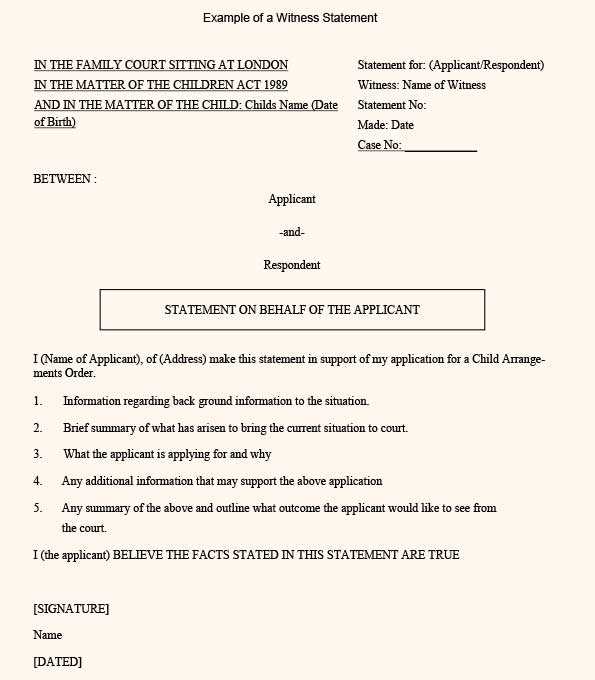
When preparing formal communication for legal matters, following a specific format is crucial for ensuring that your message is well-received and understood. A clear, structured approach increases the likelihood of your communication being taken seriously and processed efficiently.
Importance of Organization
Every detail, from the introduction to the conclusion, plays a significant role in guiding the recipient through your points. Proper formatting helps convey respect for the institution and shows attention to detail, which can impact the response you receive.
Maintaining Professionalism
Adhering to an established structure demonstrates professionalism and makes the communication easier to read. Avoiding unnecessary information and sticking to a clear outline helps present your case in a manner that reflects respect for both the process and the recipient.
How to Address a Court Official
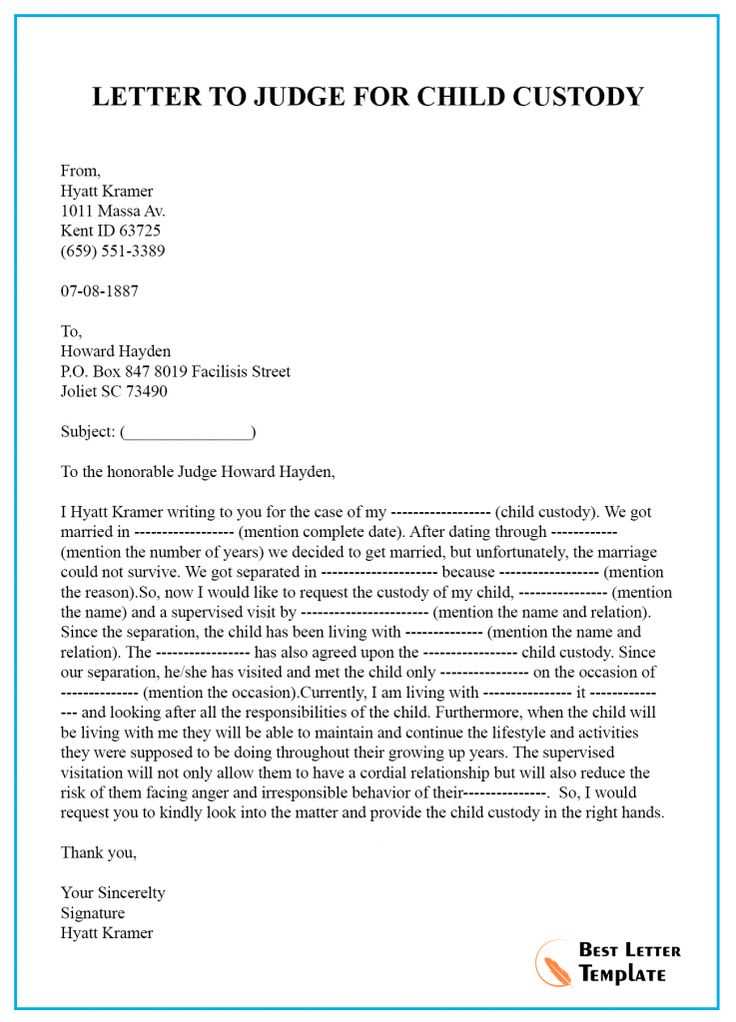
Properly addressing a legal representative is essential for ensuring your communication is taken seriously. The way you refer to the individual or institution reflects your understanding of formal protocols and your respect for the process. Using the correct titles and addressing them appropriately is an important part of maintaining professionalism.
Understanding Titles is crucial when addressing a legal official. Whether it’s a judge, attorney, or another representative, each position comes with a specific title that should be used correctly. This shows that you respect their role and authority in the matter.
Being precise and formal in your salutation not only demonstrates respect but also ensures that your communication aligns with the expectations of the legal environment. Always use the correct honorifics and make sure to spell the recipient’s name accurately to avoid any confusion.
Effective Salutations and Greetings
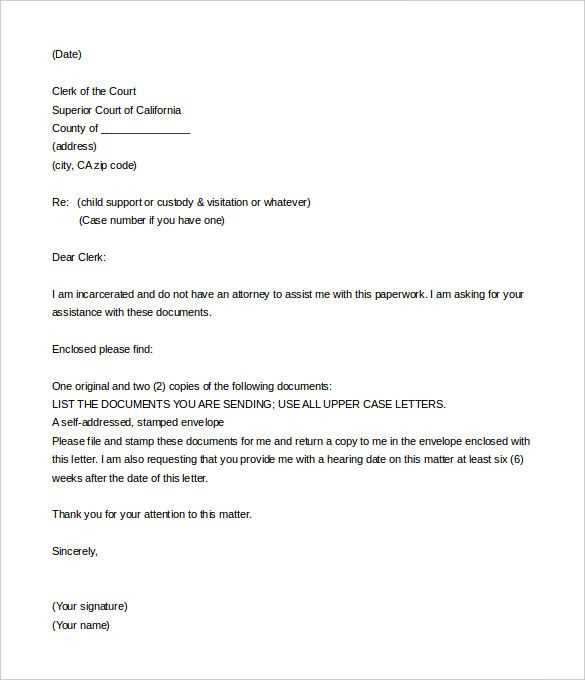
Opening your communication with the appropriate greeting is crucial in setting the right tone. A well-chosen salutation conveys respect and professionalism, establishing a positive impression right from the start.
It is important to use formal and respectful language when addressing officials. Depending on the recipient’s position, different honorifics or titles may be required to reflect their authority and role accurately. Choosing the right form of address helps ensure your message is taken seriously.
Key Information to Include in a Court Letter
To ensure your communication is clear and effective, it is important to include all relevant details. Including the right information helps to avoid confusion and ensures that the recipient has everything needed to process your request or concern. Here are the key elements you should include:
- Personal Information – Your full name, address, and contact details should be clearly stated to help identify you.
- Recipient’s Details – The name and title of the official or department you are addressing should be mentioned to ensure proper delivery.
- Purpose of the Communication – Clearly state the reason for your correspondence, whether it’s a request, an appeal, or any other formal matter.
- Relevant Case Information – If applicable, provide case numbers or any other relevant references to help the recipient quickly locate your file.
- Supporting Documents – Mention any attachments or documents you are including to support your communication.
Including these details ensures that your message is complete and easily understood, facilitating efficient processing and response.
Ensuring Clarity and Precision
Clear and precise communication is essential in formal correspondence, especially when addressing legal matters. A well-organized message that conveys your points without ambiguity ensures that your request or concern is understood and taken seriously.
Use of Simple Language is key to avoiding confusion. Keep your language straightforward and avoid unnecessary jargon. Each sentence should contribute directly to your main point, leaving no room for misinterpretation.
Be Specific in detailing the issue at hand. Clearly outline the facts, provide relevant dates, and include all necessary references. Precision in these areas not only helps the recipient understand the context but also ensures that they can act on your communication promptly.
Common Mistakes to Avoid in Court Letters
When addressing a legal matter, it’s crucial to avoid certain errors that can negatively impact your case. A well-crafted communication can make a significant difference in how your position is perceived. Understanding common pitfalls ensures clarity and increases the chances of a favorable outcome.
Incomplete or Vague Information
One of the most frequent issues is providing insufficient or unclear details. Without clear facts, the recipient may struggle to understand your argument or position. Always ensure that your points are well-supported with specific dates, events, and relevant facts.
- Failure to include necessary dates or locations
- Ambiguous language that leaves room for misinterpretation
- Overlooking critical details that strengthen your position
Disrespectful or Aggressive Tone
While it’s natural to feel passionate about your case, using an aggressive or disrespectful tone can work against you. Always aim to maintain a professional, respectful approach, regardless of the circumstances. A hostile tone may alienate the reader and harm your credibility.
- Using inappropriate language or personal attacks
- Exaggerating or making unsupported accusations
- Failure to maintain a calm and objective perspective
Tips for Avoiding Legal Errors
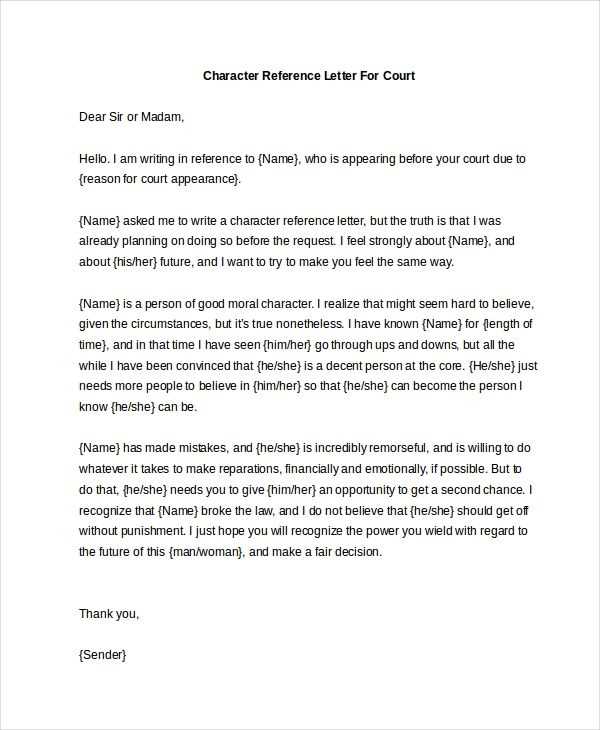
In legal communications, accuracy is paramount. Small mistakes can lead to serious consequences, potentially damaging your case or weakening your argument. Following some practical guidelines can help ensure that your submissions are precise, clear, and credible.
Thoroughly Review All Information
Before sending any documents, carefully check all provided details. Errors such as incorrect names, dates, or facts can confuse or mislead those reviewing your case. A well-structured and accurate submission strengthens your position.
- Double-check personal details to ensure accuracy in names, addresses, and other important identifiers.
- Verify dates and timelines to ensure they match your story and any supporting documents.
- Cross-reference facts with available evidence to avoid discrepancies.
Stay Professional and Objective
Emotional language or overly subjective statements can undermine your credibility. Focus on presenting facts in a calm, objective manner, supported by evidence, and avoid using inflammatory language that may appear unprofessional.
- Stick to the facts without exaggeration or unnecessary embellishment.
- Avoid emotional appeals that might distract from the core issue.
- Maintain a respectful tone throughout all communications.